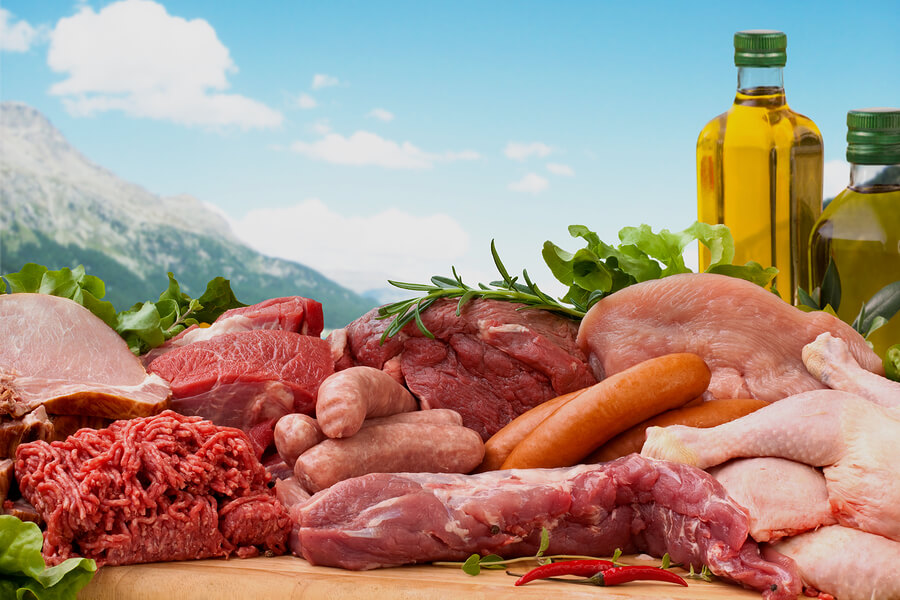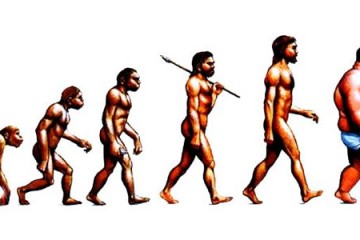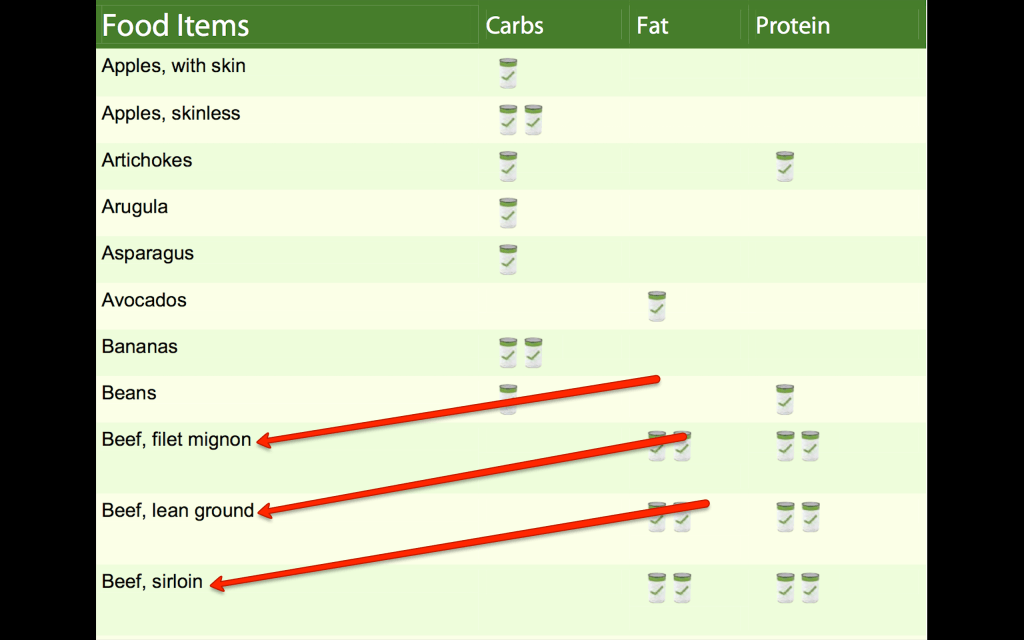
One of the hot diets in the nutrition and fitness industry right now is the Paleo diet plan. You’ve likely heard about it. You might even know a few people who are currently using it. Here is your guide to the paleo diet.
But, is it right for you?
Is it the approach that will help you get the body of your dreams?
In order to fully understand whether this is a viable diet to help gaining muscle, you need to understand a few key features about the approach – along with a few cons as well. Here is your guide to the paleo diet.
Let’s go into the details you need to know about the Paleo diet plan so you can see for yourself whether it will help or hinder your progress.

The Food Choices And The Basics Of Paleo Diet
Before we start getting into whether the Paleo diet is going to meet your muscle building requirements, we need to make sure that you fully understand what the Paleo diet is all about and the types of foods you will eat on it.
This diet is one based on our ancestors. The theory behind it is that if you eat back how people ate before processed foods were invented – you ate food from the land or the wild, you would rid yourself of so many of the disease that are out there today.
As such, if you can’t grow it or catch it, you don’t eat it – simple as that. The diet is very focused on animal meat products, especially grass fed beef along with wild caught salmon, which will also supply most of the healthy fat intake.
Along with that, fresh fruits and vegetables are encouraged, often in abundance, along with healthy fat coming from coconuts, avocados, olive oil, and grass-fed butter. Nuts and seeds can be consumed, but only in small doses.
Sweet potatoes are also permitted, but all other forms of grain products are not.
Given that the food choices on the Paleo approach are so natural and are going to have you moving away from all nutrient devoid processed foods, this is one very large highlight the plan has to offer. You’ll have a greater tendency to build lean muscle mass while on the Paleo approach if it’s used right because you will bet taking in such high-quality foods.
If you were eating a large amount of processed foods on another simple diet plan to build mass, you’ll likely experience fluctuating blood glucose levels throughout the day, which can rapidly lead to fat gain if you aren’t right outside the workout period.
Even while building muscle, the goal should be to keep stable blood glucose levels at all times apart from the immediate post-workout period. This is important for not only adding lean mass but also making sure you stay as healthy as possible as well.
So now that you see how this program is designed, let’s talk about how well it meets muscle building needs.

Caveman Diet And The Calorie Intake
Calories. If there is one thing that you must have to build muscle mass, this is it. Without an adequate calorie intake, you might get stronger, but you sure won’t be getting bigger even with your gym workouts.
You absolutely must provide an overabundance of calories if you are going to build more muscle tissue over and beyond what you have now.
Fortunately, the Paleo diet has this covered quite well. The diet, as you’ll soon see is very high in dietary fat, and since fat is such a calorie-dense nutrient, this helps you meet those needs quite easily. As long as you are choosing the proper calorie-dense foods to support your efforts, you’ll easily meet your calorie needs to see results.
It should be noted that it is vital you don’t eat with abandon on this approach. While it’s great for making it easy to take in more calories, if you aren’t careful, you might just take in too many calories and this could then lead to body fat gain.
Moderation and monitoring your intake is key.
How to Eat Paleo and Your Protein Level
After calories, the next must-have for success on your diet to build muscle mass is protein. If you don’t get enough protein, you won’t be supplying the building blocks that your body utilizes to generate that lean muscle mass from.
As such, success will not be yours. Fortunately, Paleo hits this on the mark again. With its high focus on animal-based protein, you’ll be taking in high-quality amino acids with all meals of the day, thus, you should have no problem with this element.
The drawback, however, is that protein powder is not encouraged and ideally, you want a good protein powder such as Protein Build in your diet for use immediately after your workout. At this time, protein powder is digested faster, so is able to jump-start the repair process better than eating whole proteins would.
Adding this to the protocol would help you see faster and more pronounced results.
Paleo Diet Food List
Here are some examples of foods you can consume for the Paleo Diet. I have highlighted a list of foods that fall under the rules of the Paleo Diet.
These foods are directly out of my best selling eBook, where I have a grocery list that ranks all the top foods. However this being said I have highlighted the ones on my grocery list that correspond with the Paleo Diet.
As you can see you’re only really sticking to proteins and only limited to sweet potatoes for carbs. For this reason, the paleolithic diet falls a bit behind a diet that utilizes all three macronutrients.
The Energy Providing-Macronutrients
Now it comes time to look at the energy-providing nutrients to see how they stack up – carbohydrates and fats.
This is where you see the Paleo diet coming up a bit short. There’s no shortage of dietary fat being utilized in this plan, that’s for sure as a high amount of calories will come from fat.
But the problem with that is that in order to complete those intense workouts to build muscle mass as optimally as possible, you need glucose as a fuel source. If the only sources of glucose/carbohydrates you’re taking in is through fresh fruits and vegetables, you simply won’t be able to keep up. There is simply not enough total glucose in these foods to support ongoing workout sessions.
Now, you can add sweet potatoes and anyone who is following the Paleo approach to build muscle most definitely should. But, you may get bored of just adding those and if you don’t eat enough, again, your results will suffer.
So the one area that this diet could improve is with adding a few more options of complex carbohydrates. Brown rice, quinoa, or oats would all be excellent additions to the protocol and help make sure that you get your energy needs met for the workouts and for your recovery.
Carbohydrates also have the greatest influence on insulin levels, and given the fact insulin is the most anabolic hormone in the body, you can see how this would improve the results that you experience.
You definitely don’t need to go crazy with your carbohydrate intake, but if you follow a very traditional Paleo approach and aren’t careful, you simply won’t have enough to build muscle optimally. And if weight loss is your goal I would suggest reading my article about weight loss here.
You’ll definitely still see some results, but they won’t be maximized.
Keep your vegetable intake up, but to moderation on this diet as well because if you eat too many vegetables, it may make it more challenging to get in the calorie dense food choices needed for muscle building.
Conclusion
So there you have the guide to the Paleo diet. If you make a few slight modifications and make sure that you choose your foods properly and in good balance, you can definitely see great muscle building results by following this protocol.
-Terry Asher
Terry
Latest posts by Terry (see all)
- How Important Are Net Carbs For Building Huge Muscle? - Apr 28, 2017
- The Matt Damon Workout Explained - Apr 27, 2017
- Watercress – Benefits And The Best Way To Consume It - Apr 26, 2017
















Can you tell us more about this? I’d care to find out more details.
Paleo diet is perfect if you are building muscle mass, great article, informative and well written.